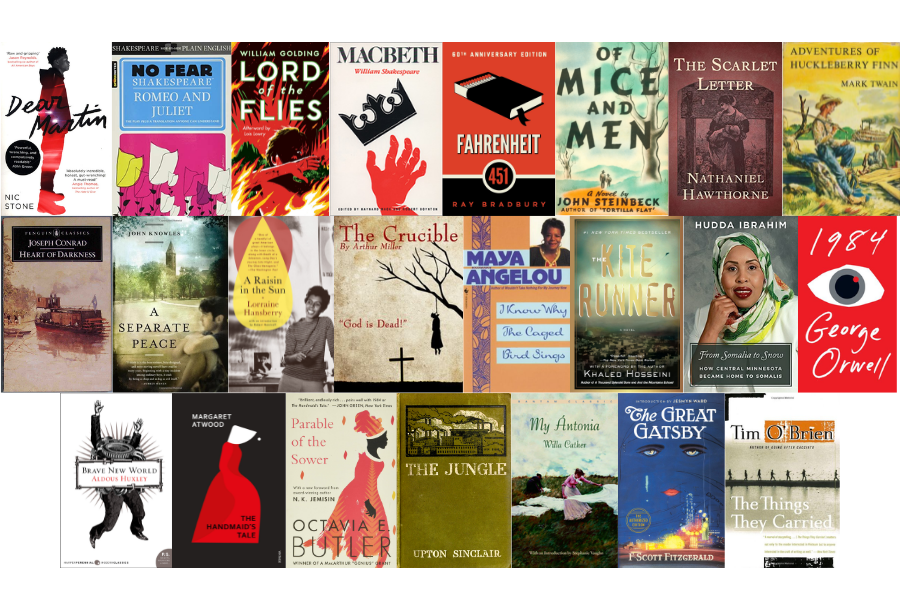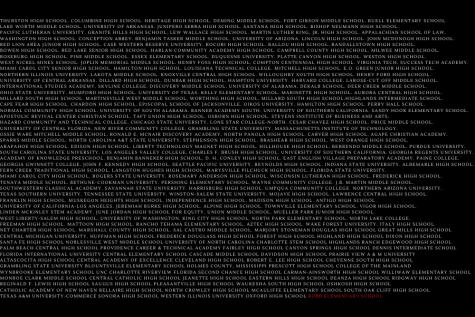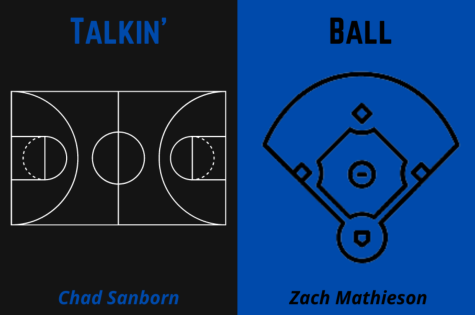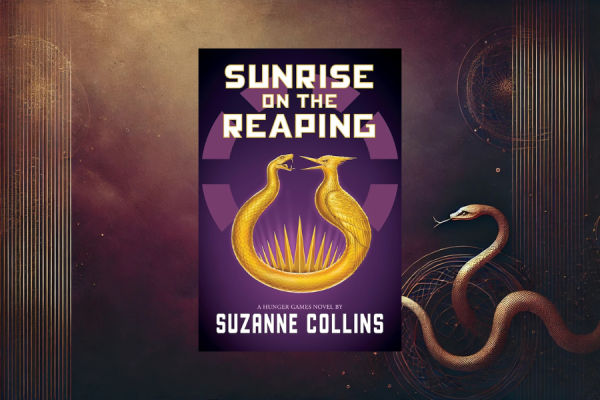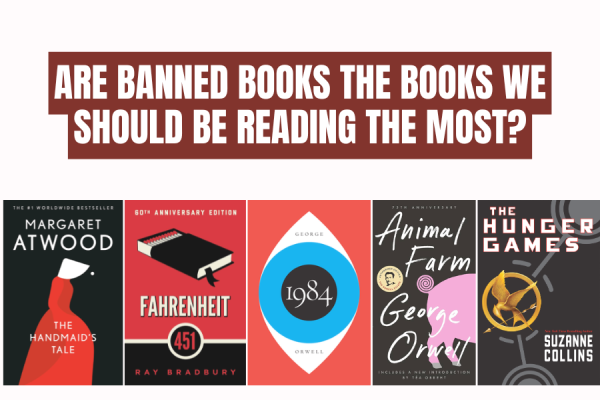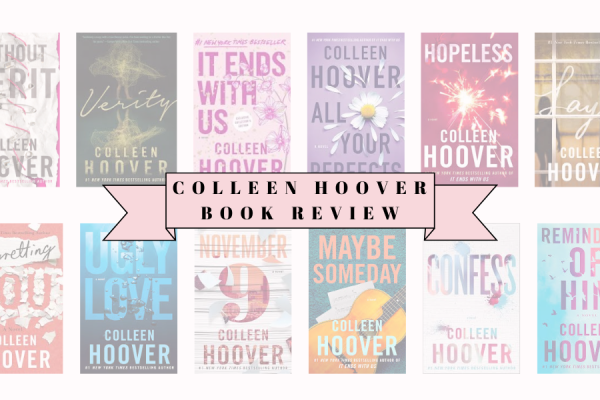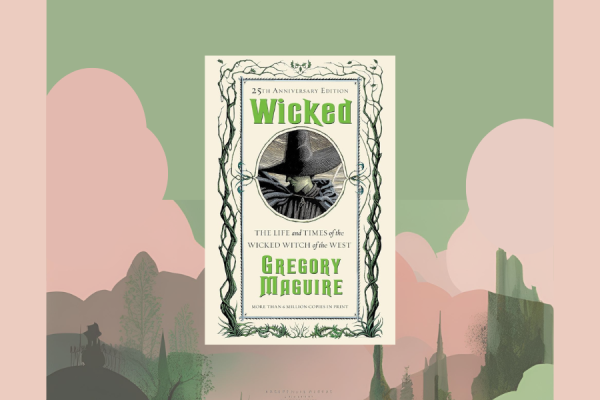It’s time to revamp the Sartell High School reading list
Every book Included on the Sartell High School English class reading list.
At Sartell High School, it is required to take an English class every year for four years. In eleventh grade, students can choose to take either English 11 or AP Literature and Composition. In Twelfth grade, students can choose to take either English 12 or College English. Regardless of which classes a student chooses, they are expected to read the books assigned to them in the course.
Last year, controversy was sparked when the district told the English 9 teachers they had to stop teaching the novel To Kill a Mockingbird by Harper Lee. The novel Dear Martin by Nic Stone was then chosen to replace it. To Kill a Mockingbird has been a controversial novel for years. The novel has been criticized for its white savior narrative, the novel’s use of the n-word, and the sympathy given to white supremacist characters. The choice to replace the book with Dear Martin was met with pushback from parents who claim to be against the novel’s use of curse words, its depiction of police brutality, and depiction of teenage sexuality. Parents against Dear Martin were eventually given the option to have their child read a different book, Fahrenheit 451 by Ray Bradbury.
With all this controversy, questions of the school’s diversity in their reading lists arose. In the last two years, 2020-2022, there have been twenty-three books required in every Sartell High School English class combined. This list excludes short stories & books read in elective English classes. Some books included on this list are really plays, but they are read in class as a work of literature, so they have been included. The books that are required reading change in some classes year to year, or even between semesters, so some students may not have read every book included in this list.
English 9:
Dear Martin by Nic Stone
Romeo and Juliet by William Shakespeare
English 10:
Lord of the Flies by William Golding
Macbeth by William Shakespeare
English 11:
Fahrenheit 451 by Ray Bradbury
Of Mice and Men by John Steinbeck
AP Literature and Composition:
The Scarlet Letter by Nathaniel Hawthorne
The Adventures of Huckleberry Finn by Mark Twain
Heart of Darkness by Joseph Conrad
A Separate Peace by John Knowles
A Raisin in the Sun by Lorraine Hansberry
The Crucible by Arthur Miller
I Know Why the Caged Bird Sings by Maya Angelou
English 12:
The Kite Runner by Khaled Hosseini
From Somalia to Snow by Hudda Ibrahim
College English:
1984 by George Orwell
A Brave New World by Aldous Huxley
The Handmaid’s Tale by Margaret Atwood
Parable of the Sower by Octavia E. Butler
The Jungle by Upton Sinclair
My Ántonia by Willa Cather
The Great Gatsby by F. Scott Fitzgerald
The Things They Carried by Tim O’Brien
When looking at this list of reading material, many issues become apparent. There is an imbalance between whose stories get told. While the Sartell High School teachers have been doing an excellent job teaching the books on this list, the list needs some change.
Here are three reasons why Sartell High School’s reading list needs a shake up:
#1: Lack of Diversity Among Authors
Of these twenty-three books, sixteen are written by men and only seven are written by women. When breaking down the race of each author, seventeen are written by white authors, five are written by Black authors, and one book is written by a South-West Asian author. There are currently no books in any English class curriculum written by Native American authors, East Asian authors, South-East Asian authors, nor Pacific Islander authors. As it stands, white, male authors are given the loudest voice in English classrooms. They hold the spots of fifteen of the twenty-three books. Diversity is not just black and white, there should be a multitude of authors with different backgrounds that make up the reading list. Teaching students about different cultures and life experiences other than their own will help them develop empathy and a greater understanding of the world at large.
#2: Some Books Handle Topics Insensitively
It should also be noted what stories are being told by who. There are eight books on the list that include the theme of racism in them. Four of those eight books are written by authors of color, all of which are Black. Four of those books are written by white authors and the story is told through the point of view of white characters. Books like Adventures of Huckleberry Finn and Heart of Darkness are written by white authors and are written from a white perspective. No matter how critically acclaimed those authors are, they never experienced racism first hand. The way racism and imperialism is handled in those works has also been criticized for dehumanizing black people and perpetuating racist caricatures. Novels like these should be removed from the list and replaced with books that have similar themes, but are handled with the sensitivity and nuance necessary.
#3: Are These Books Classics or Just Old?
Within the reading list, there is also a disparity in age of the books. Only three books were written in the twenty-first century. There is some merit to requiring students to read classic literature, however some novels have not aged well and the themes in them would be better presented in a modern context. It is important to teach students to read novels through a historical lens and teach the impact the novel had when it was first published, but when students almost exclusively read older books, they only learn outdated themes. The Adventures of Huckleberry Finn may have been a revolutionary piece of satire in its day, but now students’ focus will be drawn to the outdated language and harmful stereotypes. These books are often looked at through rose-colored glasses. Concerns over the content of the books are often dismissed because the book is “a product of its time.” Students are also a product of their time, and they can be turned off to classic literature if the examples of it provided by their English classes make them wildly uncomfortable. Books written more recently may speak to students more than a book written before WWII. They can have the same themes, but handle them in a more respectful way that resonates better with today’s students.
While some changes have been made to Sartell’s reading list in the past few years, it is not enough.
English teachers are doing their best to teach the materials given and their commendation is deserved. The problem is not always the teacher, it is the material. Students should not leave high school hating literature because they never found a book that they connected with, or they felt forced to read a book that dehumanizes their culture.
The required reading in an English class should open a student’s eyes to new ideas and make them want to dig in deeper. Of course not every book is going to resonate with every student, but there should be at least one book in each class that a student can read and feel connected to. With the current reading list, some students will never see themselves represented in the pages.
The school’s decision to add Dear Martin to English 9 may have been a controversial decision, but it was a step in the right direction.

Hi, my name is Eva Hesse. I'm a senior at Sartell High School and a future Marquette student starting in fall 2022. I plan to pursue a double major in...



